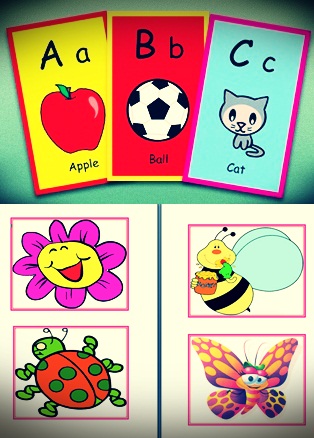

Reading readiness is one of the skills given to early childhood through playing while learning.

Therefore, it can be said that this research has proved that there was a significant result of using Flash Cards towards children's English vocabulary mastery. The results showed that flash cards had an influence on students' English vocabulary mastery. Analysis of research data is descriptive and inferential, which inferentially uses the t test, by first testing the assumptions of data normality and homogeneity of variance. After the two sample groups were given different treatment, the two sample groups were each given a posttest with an instrument consisting of 20 multiple-choice questions with 4 alternative answer choices that had been tested beforehand and validated empirically. The treatment for the experimental group was learning English with flash card media and the treatment for the control group was learning English conventionally. The researchers of this research gave different treatments for the experimental and control groups. The data collected in this research was put to the test (multiple choice test). The random sampling method was employed in this research's sampling. The researchers of this research used quantitative research methods with posttest only control design of true experimental design. The purpose of this research is to see how flash cards influence the students' English vocabulary mastery. The student was able to develop automaticity with 80% accuracy by giving the solution within 3 seconds for all of the facts (0-10) for the sixes through nines. In the current study a multiple baseline design was used to measure the acquisition of fluency of multiplication facts over time.

The student had previously used skip counting and flash cards with illustrations of the multiplication facts to memorize the facts. She understood that 6 x 7 is a representation of six sets of seven or 7 + 7 + 7 + 7 + 7 + 7 = 42. The student had been taught multiplication concepts in her elementary years and she has a basic understanding of the meaning of multiplication facts as shown in the previous studies. The overall goal of the current study was to improve the student’s automaticity of multiplication facts (0-10) for the sixes through nines, such as 6 x 7 = 42. In the current study the ninth-grade student was able to memorize the multiplication facts (0 to 10) for the sixes to nines and gained automaticity with 80% accuracy. In previous studies, the student used skip counting and her hands to recall all the multiplication facts for the ones to fives and also gained automaticity for the ones to fives facts.


 0 kommentar(er)
0 kommentar(er)
